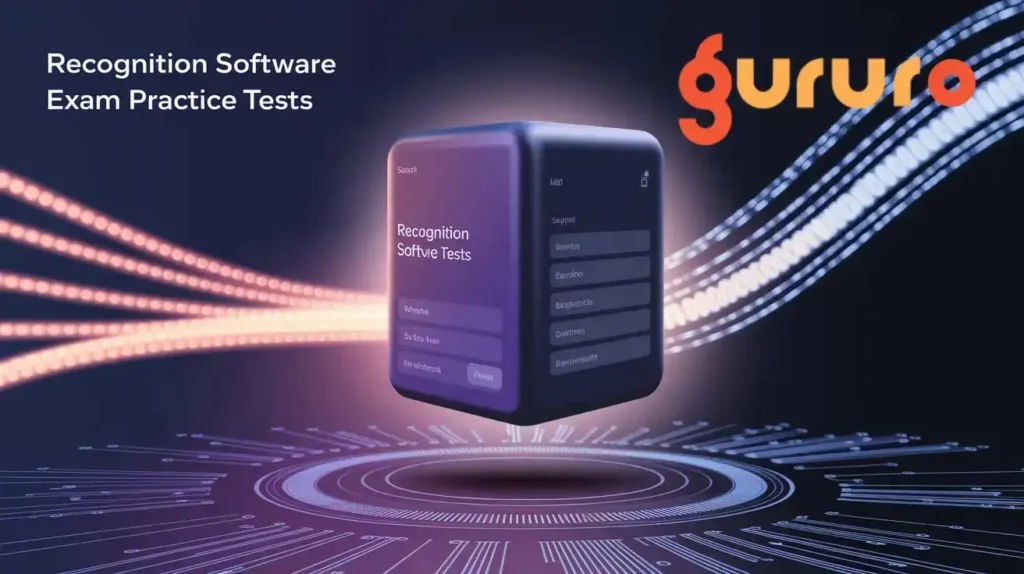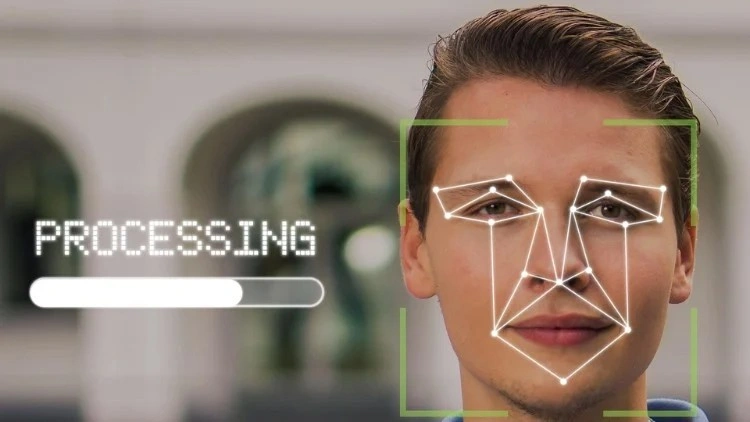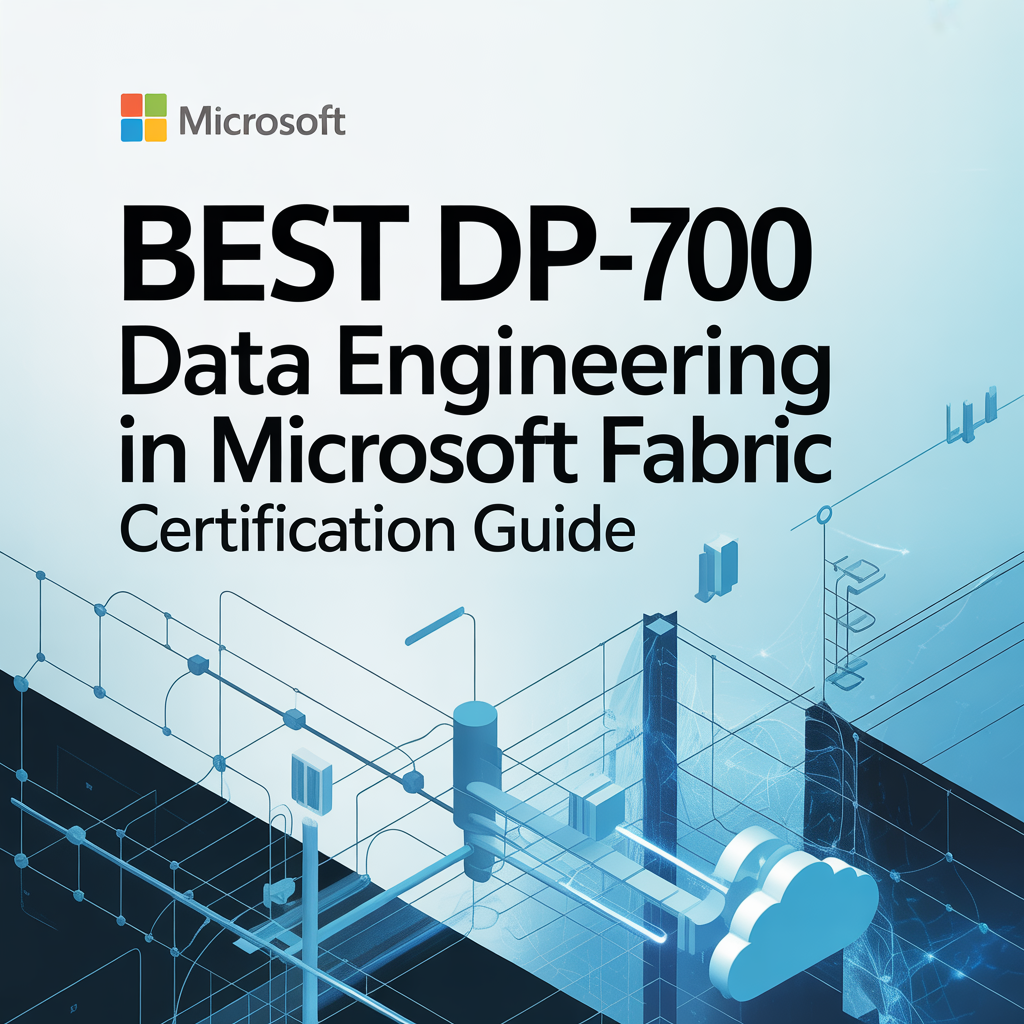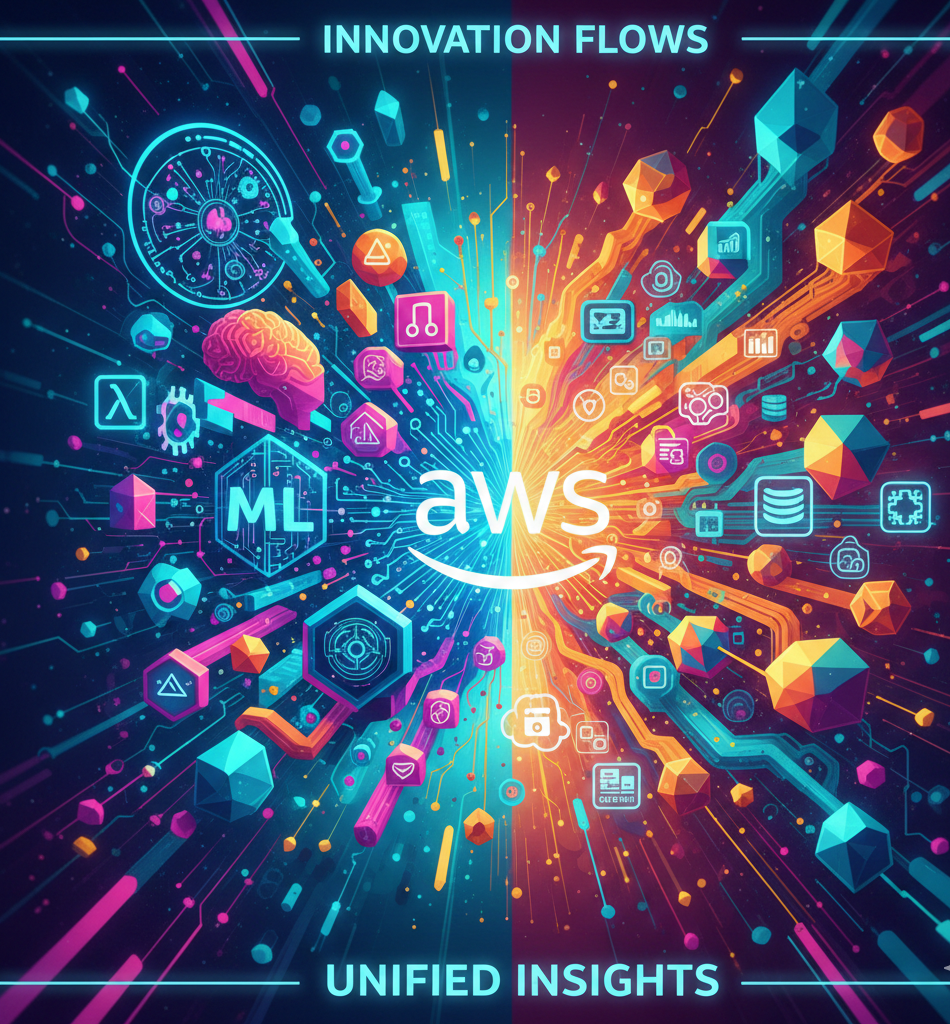Becoming a Recognition Software Certified Professional is a big deal for IT folks, data scientists, and engineers who want to show they’ve got serious skills in image processing, pattern recognition, OCR systems, and AI-powered recognition tech. But let’s be real—passing that certification exam isn’t just about skimming some docs. You need hands-on experience and some solid practice with Recognition Software Certification exam questions to really shine.
One of the best ways to get ready is by diving into the Best Recognition Software Exam Practice Tests. These mimic the real exam vibe and help you spot where you need to brush up early on. With a ton of practice resources floating around online, picking the Top Recognition Software Exam Simulators can feel like a lot. The sweet spot is a simulator with realistic questions, clear answer breakdowns, and full coverage of key topics like facial recognition algorithms, speech-to-text engines, machine learning models, and system integration strategies.
This blog breaks down the best Recognition Software practice exams, looking at them through a few key lenses:
✅ Question Quality & Technical Accuracy
✅ Exam Simulation & Realism
✅ Pricing & Duration of Access
✅ Coverage of Certification Domains & Learning Objectives
Let’s jump in and check out the Best Recognition Software certification practice tests to help you prep smart and ace that exam first time out!
Introduction to Recognition Software certification
The Recognition Software Certification is perfect for folks diving into AI-driven tech like image recognition, OCR, facial recognition, and speech processing. It’s your ticket to proving you can set up, fine-tune, and fix recognition systems across different platforms. If you’re going for this, it’s best to have some real-world experience tinkering with recognition software frameworks, handling data annotation, training models, and weaving it all into bigger tech setups.
To get ready, you’ll want to roll up your sleeves for some hands-on lab time, really get the hang of AI recognition workflows, and—most importantly—practice a ton with the Best Recognition Software Exam Practice Tests. These tools throw real-world scenarios and exam-like challenges your way, so leaning on the Top Recognition Software Exam Simulators is a smart move to build confidence and nail that exam.
Importance of Recognition Software certification
Industry Recognition and Career Growth:
- The Recognition Software Certification is a big deal in the AI and tech world. It’s like earning a cool badge that shows you’re awesome at handling complex recognition systems like facial recognition, OCR, and speech-to-text. It really makes you stand out to employers in all sorts of industries.
Mastery of Recognition Technologies and Best Practices:
- This certification gets into the nitty-gritty of recognition tech—things like machine learning models, image processing, and working with data on the fly. You’ll also pick up the best ways to build and roll out scalable recognition solutions that actually work like a charm.
Higher Salary and Better Job Opportunities:
- Folks with the Recognition Software Certification often see bigger paychecks and snag cooler job offers than those without it. With AI and automation popping up everywhere, the need for recognition software pros is only going up.
Real-World Problem-Solving Skills:
- To grab this certification, you’ve got to tackle some tricky, real-world recognition challenges. This sharpens your skills for designing, setting up, and fixing AI-driven recognition systems. Getting hands-on with Best Recognition Software Exam Practice Tests really fine-tunes your technical and problem-solving chops.
Validation of Hands-On Experience:
- The exam is all about proving you can actually use recognition tools and frameworks in real-life situations. Practicing with Top Recognition Software Exam Simulators builds the practical skills that employers are super excited to see.
Competitive Advantage in the Job Market:
- Employers are always hunting for people certified in recognition tech for roles in AI, data intelligence, and automation. Having a Recognition Software Certification gives you a serious leg up over others vying for the same jobs.
Eligibility Criteria for Recognition Software certification
1. Prerequisite Knowledge
To dive into the Recognition Software Certification, you’ll want a good grip on AI, machine learning, or software development. No hard-and-fast rules, but it helps if you’ve got:
- About a year of messing around with recognition systems or AI tools.
- Some experience playing with stuff like OCR (Optical Character Recognition), facial recognition, or speech-to-text systems.
- A bit of know-how with AI frameworks like OpenCV, TensorFlow, or similar tools.
2. Understanding of Key Concepts
You gotta really understand what makes recognition software tick. It’s super helpful to have:
- A solid handle on the basics of computer vision and machine learning.
- Some familiarity with pattern recognition, image preprocessing, and object detection tricks.
- Confidence coding in Python or other languages used in AI recognition projects.
3. Exam Preparation
The exam doesn’t have strict requirements, but to ace it, you need to nail both the theory and hands-on stuff. To boost your odds, check out Best Recognition Software Exam Practice Tests and Top Recognition Software Exam Simulators online. They’re great for:
- Getting a feel for the real exam’s vibe and setup. Spotting your weak areas to zero in on during study sessions.
- Building confidence with practice tests and keeping tabs on your progress.
4. Real-World Experience
Having some real-world experience with recognition software is a huge plus. You should be able to:
- Build and test recognition models using APIs or your own code.
- Work with image, video, or audio datasets to train and check models.
- Troubleshoot problems and tweak systems to get better accuracy in real scenarios.
5. Exam Details
The Recognition Software Certification has multiple-choice and scenario-based questions to test your knowledge and practical skills. There’s no age or degree requirement, but you need to be sharp on recognition tech principles and show your skills through practice and experience.
Exam Structure for the Recognition Software certification
When you’re gearing up for the Recognition Software Certification, getting a handle on the exam’s setup is key to nailing it on your first go. This certification checks if you’ve got the chops to design, build, and roll out recognition-based systems like facial recognition, OCR, and speech-to-text apps. Here’s the lowdown on what the exam covers, the main topics you’ll want to zero in on, and the smartest ways to prep using the Best Recognition Software Exam Practice Tests and Top Recognition Software Exam Simulators.
Exam Structure
Exam Format:
- You’re looking at a mix of multiple-choice and scenario-based questions.
- These are designed to test how well you can design, build, and roll out recognition systems using stuff like facial recognition, OCR, and speech-to-text.
- Some questions might ask you to pick more than one right answer, really putting your real-world know-how to the test.
- The Recognition Software Certification is all about checking your skills in key areas like data preprocessing, model training, tweaking accuracy, and working with API integration.
Number of Questions & Duration:
- The exam usually throws 60–70 questions your way, but that number could shift depending on updates from the certification folks.
- You’ll get 120 minutes to tackle it, so you’ll need to stay sharp and manage your time like a pro.
- Getting comfy with Top Recognition Software Exam Simulators is a great way to get used to the format and shine under pressure.
Passing Score:
- You’ll typically need to hit around 70%–75% to pass, though the exact cutoff might depend on the organization or exam version.
- To do well, you’ve gotta be on point with image processing concepts, AI frameworks, and tricks for optimizing recognition models.
- To really boost your game, lean on Best Recognition Software Exam Practice Tests that mimic real exam scenarios and focus on hands-on problem-solving.
Question Types
Multiple-Choice (Single Answer):
- The go-to question style in the Recognition Software Certification exam. You’ll pick the best option from a few choices. Expect topics like facial recognition, Optical Character Recognition (OCR), or speech-to-text to pop up.
Multiple-Choice (Multiple Answers):
- Some questions will need you to select more than one right answer to nail a scenario or concept. These dig into your deeper know-how of tricky stuff like model tuning, data preprocessing, or API integration for complex systems.
Scenario-Based Questions:
- These throw you into real-world setups, like building a facial recognition system for security or tweaking an OCR pipeline for document work. They’re all about seeing if you can take what you know and apply it to practical recognition software challenges, testing your skills with AI and machine learning tools.
Knowledge-Based Questions:
- These check how well you grasp the core ideas, terms, and Best practices of recognition software. You might get questions on system architecture, recognition algorithms, data sets, or how to measure a model’s performance.
Practical Application:
- Here, you’ll need to make sense of code snippets, system designs, or config files tied to recognition software. Think troubleshooting a facial recognition API or boosting a speech-to-text model’s performance in a real-life setup.
Domains Covered for Recognition Software certification
The Recognition Software Certification exam checks how well you can design, build, and roll out recognition software solutions. Getting a handle on the main areas the exam covers is super important to zero in on your study game. Here’s a quick look at the key focus areas and roughly how much they count for on the test:
| Domain | Percentage of Items |
|---|---|
| Recognition Algorithms | 30% |
| System Design and Architecture | 25% |
| Data Preprocessing and Analysis | 20% |
| Model Evaluation and Optimization | 15% |
| Integration and Deployment | 10% |
Additional Information
Languages Offered
- The Recognition Software Certification exam is usually in English, but depending on the provider, you might find it in other languages too. You’ll need to have a solid grip on recognition tech, algorithms, and systems in whatever language you go with to ace that test.
Preparation Recommendations
- There’s no must-do checklist, but getting your hands dirty with recognition software and machine learning tools is a smart move.
- Playing around with programming languages like Python or Java, and messing with stuff like TensorFlow or OpenCV, will definitely help.
- Also, digging into official docs, jumping into some training courses, and practicing with Best Recognition Software Exam Practice Tests and Top Recognition Software Exam Simulators will set you up to crush the exam.
The Recognition Software Certification is a great chance for pros who want to prove they’ve got the chops in recognition tech, level up their career in the wild world of AI and machine learning, and shine in a crowded job market.
Importance of Best Recognition Software Exam Practice Tests
Getting ready for the Recognition Software Certification takes more than just knowing the theory behind recognition tech and machine learning. Getting hands-on with Top Recognition Software Exam Simulators and the Best Recognition Software Exam Practice Tests is super important to prep well, helping you build the real-world skills, know-how, and confidence to totally ace the exam.
How Do Best Recognition Software Exam Practice Tests helps?
Knowledge Assessment:
- Taking Best Recognition Software Certification practice tests is like shining a flashlight on where you need to brush up—whether it’s recognition algorithms, machine learning frameworks, or real-world applications. They help you zero in on what’s tripping you up, so you can make your study time count and really get a grip on the key recognition tech stuff you need to ace that exam.
Exam Familiarity:
- Jumping into a Top Recognition Software Exam Simulator feels like a dress rehearsal for the real deal. You get to know the exam’s flow, timing, and trickier bits, which helps calm those pre-test jitters. Practicing like this sharpens your time management and gets you ready for the actual test vibe. Knowing the exam’s layout means no surprises on the big day, so you can walk in feeling ready to tackle anything.
Targeted Learning:
- The feedback you get from Recognition Software Certification mock exams is like a roadmap for what to work on—like image recognition, tweaking algorithms, or nailing pattern matching. It helps you focus your study sessions on the stuff you’re shaky on, making your prep smarter and more effective for mastering those core recognition tech concepts.
Confidence Building:
- Getting in regular reps with Best Recognition Software Exam Practice Tests is like building muscle for answering exam-style questions. By mimicking the real test setup, you start feeling more sure of yourself and ready to shine when it counts. Every practice test you nail boosts your confidence, helping you stay cool and focused when you’re sitting in that exam room.
Features to Look for in the Top Recognition Software Exam Simulators
Comprehensive Question Bank
- A Top Recognition Software Exam Simulator needs a killer lineup of questions that hit all the big topics in recognition tech, like machine learning algorithms, image recognition, pattern matching, and data preprocessing. A solid, varied question set makes sure you’re ready for every curveball the certification exam might throw your way.
Performance Tracking
- One cool thing about a Top Recognition Software Exam Simulator is how it keeps tabs on your progress as you study. Look for ones that show you what you’re acing and where you’re stumbling, so you can adjust your study plan based on what the data’s telling you. It’s a super handy way to stay focused and level up where it matters.
Realistic Exam Simulation
- The Best Recognition Software Exam Simulators make you feel like you’re taking the real deal by copying the test’s format, time limits, and question difficulty. Practicing in a setup that feels like the actual exam helps calm those test-day jitters and gets you prepped for what’s coming on the certification exam.
Mobile Compatibility
- Tons of us love hitting the books wherever we’re at. Grabbing a Top Recognition Software Exam Simulators that works on your phone is a total game-changer. It lets you sneak in some practice whenever you’ve got a free minute, making it a breeze to weave studying into your crazy busy life.
Top Recognition Software Exam Simulators
| Simulator | Price | Total Questions | Mock Exams | Access Period | Key Features |
|---|---|---|---|---|---|
| Gururo Recognition Software Practice Test | $9.99 | 290+ | 6 | 1 Year |
|
| Whizlabs Recognition Software Practice Test | $29.99 | 400+ | 4 | 1 Year |
|
| TestPrepTraining Recognition Software Test | $24.99 | 350+ | 5 | Lifetime Access |
|
| Udemy Recognition Software Practice Test | $44.99 | 400+ | 6 | Lifetime Access |
|
Why Choose Gururo Best Recognition Software Exam Practice Tests?
When it comes to comprehensive and affordable preparation, Gururo’s Best Recognition Software Exam Practice Tests stands out.
| Feature | Gururo Simulator | Other Mock Tests |
|---|---|---|
| Realistic Questions | ✅ Questions crafted to replicate real exam scenarios, ensuring a close-to-exam experience. | ❌ Limited question coverage, often not reflective of the actual exam. |
| Latest Framework Alignment | ✅ Fully updated to reflect the latest framework and guidelines. | ❌ May use outdated content, reducing relevance to the current exam. |
| Unlimited Practice Attempts | ✅ Practice as many times as needed, without restrictions. | ❌ Limited by platform rules or capped access. |
| Affordable Pricing | ✅ Budget-friendly, offering exceptional value for premium features. | ❌ Expensive, with fewer benefits included. |
| User-Friendly Interface | ✅ Intuitive and easy to navigate, suitable for all experience levels. | ❌ Clunky and difficult to use, particularly for beginners. |
| Performance Tracking and Analytics | ✅ In-depth insights into your strengths and weaknesses to fine-tune preparation. | ❌ Minimal or no tracking features to monitor progress. |
| Variety of Question Types | ✅ Includes multiple-choice, scenario-based, and tricky questions to prepare for all possibilities. | ❌ Lacks variety, focusing on only basic multiple-choice questions. |
| Responsive Across Devices | ✅ Fully accessible on mobile, tablet, and desktop, enabling preparation anytime, anywhere. | ❌ Limited compatibility with mobile devices, restricting flexibility. |
| Exam Simulation Accuracy | ✅ Simulates real-time exam conditions, including time constraints and pressure. | ❌ Often lacks realistic simulation, reducing effectiveness. |
| Comprehensive Coverage of Topics | ✅ Covers all concepts, from service value system to guiding principles and practices. | ❌ Limited focus, leaving some topics untouched or underrepresented. |
| Learner Support | ✅ Dedicated support team available for guidance and resolving doubts. | ❌ Poor or non-existent support, leaving learners without help. |
| Money-Back Guarantee | ✅ Risk-free purchase with a satisfaction guarantee. | ❌ NO guarantees, adding financial risk for learners. |
Conclusion: Top Recognition Software Exam Simulators
When pursuing your Recognition Software Certification, it’s not just about grabbing the Top Recognition Software Exam Simulators of 2025. To really shine, you’ve gotta dig in and make the most of your prep time.
Final Thoughts on Choosing the Right Simulator:
A solid mock exam simulator can seriously up your game. But the “best” one isn’t just about fancy features—it’s about finding something that clicks with how you learn and what you need.
Here’s what to keep an eye out for:
✅ Realistic Practice Exams – Feels like the real deal.
✅ Progress Tracking – Shows you where you’re killing it and where you need work.
✅ Provider Reputation – Peek at reviews, success stories, and if they’re legit.
✅ User-Friendly Technology – Should be easy to use and not a hassle to access.
Making the Most of Your Simulator:
Once you’ve got your hands on the Top Recognition Software Exam Simulators, it’s time to put them to work!
1️⃣ Map Out a Study Plan – Carve out regular study time, focusing on the stuff you’re shaky on.
2️⃣ Tackle Multiple Mock Tests – Get comfy with the exam setup and boost your confidence.
3️⃣ Dig Into Score Reports – Use those insights to spot what you’re acing and what needs a little love.
4️⃣ Act on Feedback – Tweak your study approach based on what the simulator’s telling you.
5️⃣ Keep at It – Steady, focused practice is your ticket to owning that exam content.
The Road to Success:
With a solid plan, steady effort, and smart use of your simulator, nailing that Recognition Software Certification is totally within reach.
Every little step you take gets you closer to the finish line. Stay focused, keep practicing, and don’t let go of that dream!
Best of luck with your Top Recognition Software Exam prep! 🌟
FAQs
What is the Recognition Software certification?
It is a certification that validates your expertise in recognition software systems and their implementation in real-world applications.
How long is the Recognition Software certification exam?
The exam duration typically lasts between 1.5 to 2 hours, depending on the exam provider.
What are the prerequisites for the Recognition Software certification?
While there are no strict prerequisites, having a background in software development and understanding of recognition systems can be helpful.
What is the passing score for the Recognition Software certification?
The passing score varies depending on the provider but typically ranges between 70% and 80%.
How can I prepare for the Recognition Software certification?
Preparing with practice exams, hands-on experience with recognition software, and reviewing study materials related to the exam objectives can help improve your chances of success.
What is the cost of the Gururo Recognition Software Practice Test?
The Gururo Recognition Software Practice Test is priced at $9.99, offering 1 Year access.
How many questions are included in the Gururo Recognition Software Practice Test?
The course includes 290+ questions designed to cover all key aspects of recognition software.



















